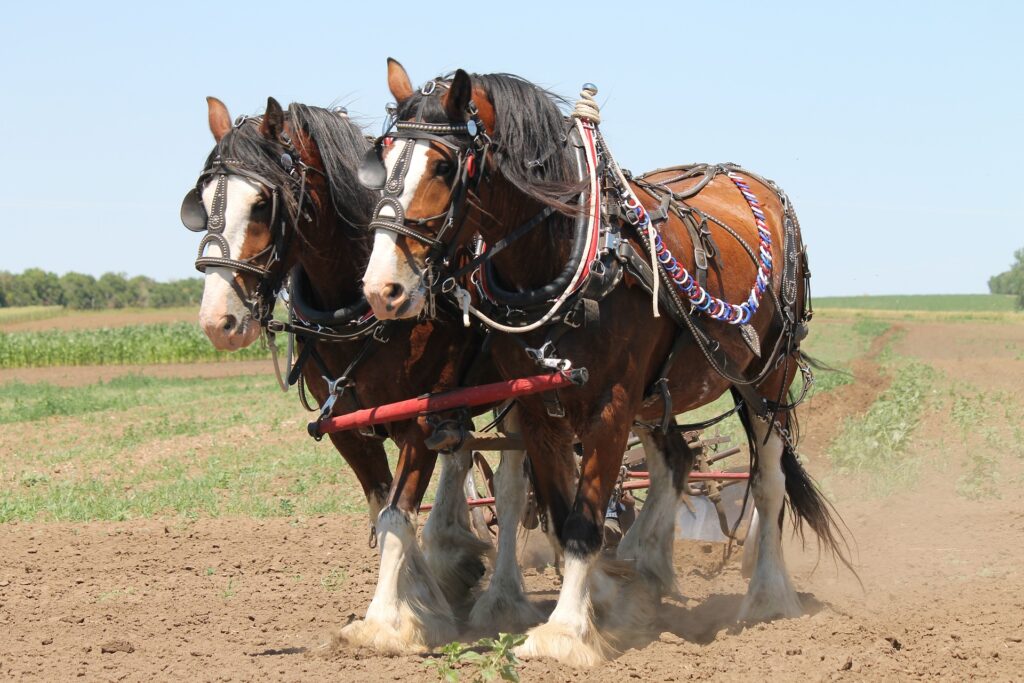
Introduction
When it comes to mighty and powerful equines, draft horses take the center stage. These incredible animals have played a significant role in agriculture, transportation, and more for centuries. In this comprehensive guide, we will delve into the history, care, and practical uses of draft horses, helping you understand why they remain an exceptional choice for many.
Draft Horse History and Origin
Draft horses have a rich and diverse history that spans across various regions of the world. From the heavy Clydesdales of Scotland to the iconic Belgian draft horses, each breed has its unique origin story. The draft horse’s history is intertwined with the development of civilization, serving as the backbone of farming and transportation.
Why Choose Draft Horses
One might wonder, why choose a draft horse over other equine breeds? The answer lies in their incredible strength, gentle disposition, and versatility. Whether you’re looking for a workhorse on the farm or a gentle giant to pull a carriage, draft horses are a fantastic choice.
Average Life of Draft Horses
Understanding the lifespan of a draft horse is crucial for responsible ownership. On average, these remarkable animals live between 20 to 25 years, but with proper care and attention, some have been known to surpass this mark.
Best Diet and Nutrition for Draft Horses
The wellbeing of your draught horse depends on maintaining a good diet. They need a well-balanced diet that includes grains, premium forage, and vitamins and minerals. Create a diet plan that is customised to your horse’s unique nutritional requirements by speaking with a veterinarian or equine nutritionist.
Best Breeding Month for Draft Horses
For those considering breeding draft horses, timing is crucial. Typically, the best breeding months for draft horses fall in the early spring when the weather is more favorable for mare and foal health. However, consulting with a professional breeder is recommended to ensure a successful breeding process.
Common Diseases in Draft Horses
Like all animals, draft horses are susceptible to various diseases. Some common health issues include respiratory conditions, hoof problems, and metabolic disorders. Regular check-ups and vaccinations can help prevent these ailments.
Is the Draft Horse Right for You?
Before bringing a draft horse into your life, it’s essential to assess whether they are the right fit for your needs. Their large size and strength may not be suitable for everyone. Consider your intended use and available resources when making this decision.
Uses of Draft Horses
Draft horses have an array of uses beyond traditional farming. They excel in forestry work, as therapy animals, and even in competitive events like pulling contests. Their adaptability is a testament to their remarkable nature.
Tips for Draft Horse Care
Taking care of a draft horse involves more than just providing food and shelter. Regular exercise, grooming, and proper medical care are essential to keep them healthy and happy. Investing time and effort into their care will be rewarded with a loyal and hardworking companion.
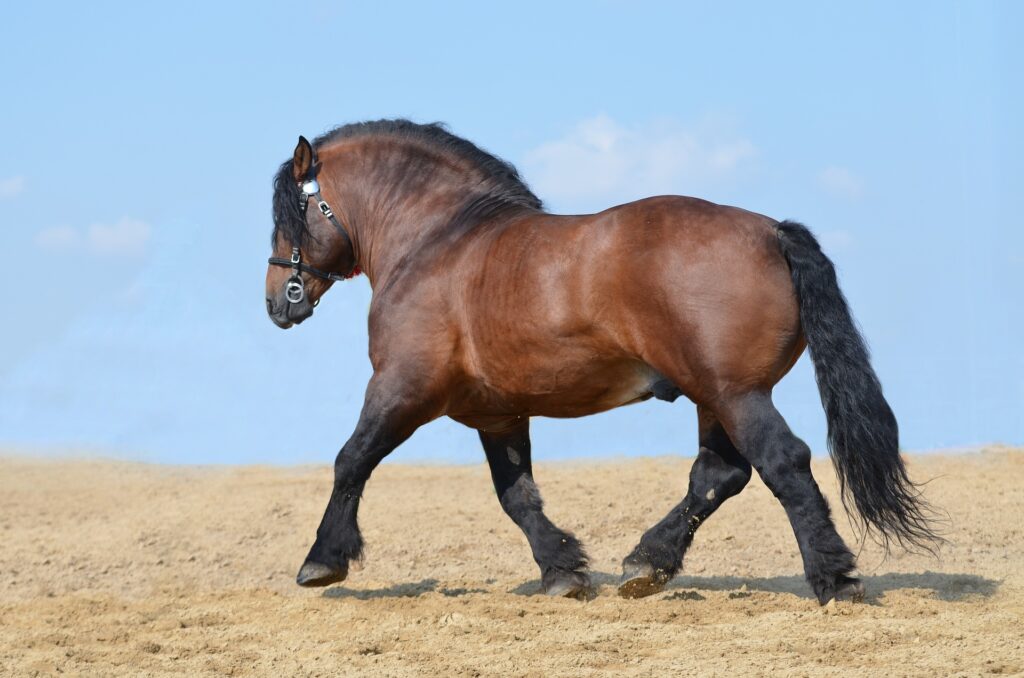
FAQs
Can a draft horse be ridden?
Yes, draft horses can be ridden, but there are a few considerations to keep in mind. Draft horses are typically bred and trained for heavy pulling and working rather than riding. Their large size and strength make them less agile than traditional riding horses, and they may have a slower gait. However, with the right training and equipment, some draft horses can be ridden. It’s important to choose a suitable saddle and bridle designed for their size, and their training should focus on responsiveness and safety. Additionally, not all draft horses are suitable for riding, so it’s essential to evaluate an individual horse’s temperament and suitability for the purpose.
Why is it called a draft horse?
A draft horse is called so because it is primarily bred and trained for heavy pulling, or “drafting.” The term “draft” in this context refers to the act of drawing or pulling heavy loads, such as plows, wagons, and other equipment. They are renowned for their incredible strength, and their name reflects their historical and practical role in agriculture and heavy labor. These horses have been instrumental in helping humans complete a variety of essential tasks, from tilling fields to transporting goods, making them true workhorses.
What is the difference between a horse and a draft horse?
The main differences between a horse and a draft horse are their size, build, and intended purpose. Regular horses, often referred to as riding horses or light horses, are smaller and more agile. They are bred for riding, racing, and other activities where speed and agility are essential. In contrast, draft horses are significantly larger, with a more robust build, broader shoulders, and stronger muscles. They are bred and trained for heavy work, such as plowing fields, pulling heavy loads, and providing power for industrial and agricultural tasks. While both are members of the equine family, they serve vastly different purposes due to their distinct physical and temperamental characteristics.
Are draft horses safe?
Draft horses are generally considered safe animals, especially when they have been properly trained and socialized. They are known for their gentle and docile nature, making them good choices for various tasks, including working on farms, providing carriage rides, and even as therapy animals. However, like all animals, individual temperament varies, and some of them may be more nervous or easily spooked than others. To ensure safety, it’s important to provide proper training, socialization, and care for draft horses. They can be safe and reliable companions when handled correctly, but always exercise caution and respect for their size and strength when working with them.
Conclusion
Draught horses have had a lasting impact on human history, and their importance is still felt today. Draught horses serve as a symbol of the lasting relationship between people and animals thanks to their historical function as workhorses and their continuing participation in a variety of modern activities. When contemplating draught horses for your farm, company, or personal enjoyment, you may make an informed decision by being aware of their history, upkeep, and adaptability.
Last but not least, these gentle giants are still capturing our hearts and adding to the rich fabric of our horse and agricultural history. Accepting the heritage of draught horses is an investment in a devoted and dependable partner as well as an homage to history.
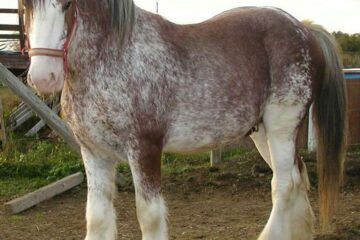
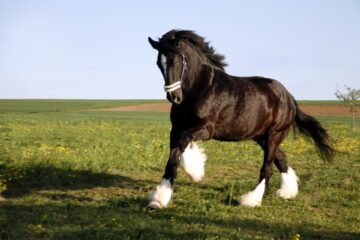
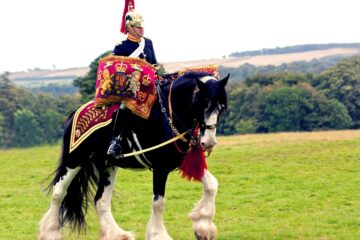
0 Comments